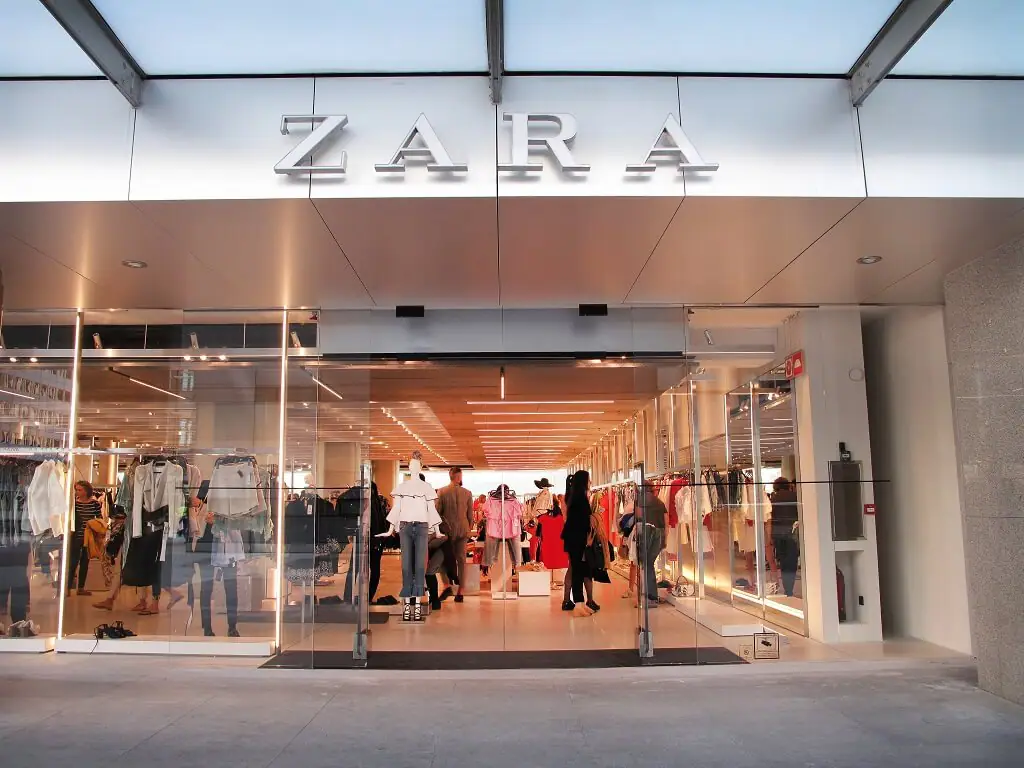zoomacademia.com – Zara, the flagship brand of the Inditex group, has revolutionized the fashion industry with its agile business model, setting a benchmark in the fast fashion landscape. Known for its ability to deliver runway trends to retail shelves in record time, Zara exemplifies a blend of innovation, efficiency, and strategic foresight. This article explores how Zara’s unique approach to business has shaped its success and influenced the global economy.
Understanding Zara’s Business Model
At the heart of Zara’s success is its “just-in-time” production strategy. Unlike traditional retailers that operate on seasonal collections, Zara thrives on rapid turnover. The brand typically takes only two to three weeks to move from design to retail, allowing it to respond swiftly to emerging fashion trends and customer preferences. This agility is powered by a highly efficient supply chain and a vertically integrated model, where design, production, and distribution are closely controlled by the company.
Zara’s design teams work in tandem with store managers, who provide real-time feedback on customer preferences. This close relationship ensures that the latest trends are quickly identified and incorporated into new collections, enabling Zara to stock its stores with styles that reflect current consumer desires.
Economic Impact
Zara’s innovative approach has significant implications for local and global economies. The company has created thousands of jobs worldwide, from manufacturing to retail. Its centralized production facilities in Spain and nearby countries allow for quick adjustments in inventory, bolstering regional economies and supporting local jobs.
Moreover, Zara’s operational efficiency impacts global supply chains. By maintaining a tight control over production and logistics, Zara can minimize costs and reduce waste, contributing to a more streamlined industry. This model has influenced other retailers to adopt similar practices, emphasizing the need for responsiveness in an increasingly competitive market.
Sustainability Challenges
Despite its success, Zara faces criticism regarding the sustainability of fast fashion. The rapid production cycles contribute to overconsumption and waste, raising environmental concerns. In response, Zara has initiated several sustainable practices, including the use of organic and recycled materials, and a commitment to reducing water consumption in production.
However, these efforts often spark debates about the effectiveness of sustainability initiatives within the fast fashion model. Consumers are increasingly advocating for transparency and ethical practices, pushing brands like Zara to reconsider their impact on the environment.
Competitive Landscape
Zara operates in a fiercely competitive market, with rivals such as H&M and Uniqlo also vying for consumer attention. Each brand has its unique strengths, but Zara’s ability to react quickly to trends often gives it an edge. E-commerce and digital transformation are reshaping the retail landscape, and Zara has adapted by enhancing its online presence and integrating omnichannel strategies, ensuring a seamless shopping experience across platforms.
The brand’s commitment to innovation extends to its use of technology in supply chain management, helping to maintain its competitive advantage. By leveraging data analytics and consumer insights, Zara can anticipate market shifts and adjust its offerings accordingly.
Future Outlook
Looking ahead, Zara’s agile business model will need to evolve in response to changing consumer behaviors and economic conditions. With rising inflation and shifting spending patterns, the brand must navigate potential challenges while remaining responsive to its customer base. The ongoing push for sustainability presents both hurdles and opportunities, as Zara seeks to balance profitability with ethical responsibility.
As the fast fashion landscape continues to transform, Zara’s ability to innovate and adapt will be crucial. By staying attuned to consumer demands and industry trends, Zara can maintain its position as a leader in the fashion retail space.
Conclusion
Zara’s agile business model has not only propelled its success but has also reshaped the fast fashion industry and its economic dynamics. By prioritizing speed, efficiency, and customer feedback, Zara has set a standard for responsiveness that many brands strive to emulate. However, as sustainability concerns grow and consumer expectations shift, Zara faces the challenge of evolving its practices while maintaining its competitive edge. The future of Zara will hinge on its ability to navigate these complexities, ensuring it remains a key player in the ever-changing landscape of fashion retail.







